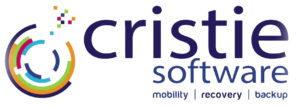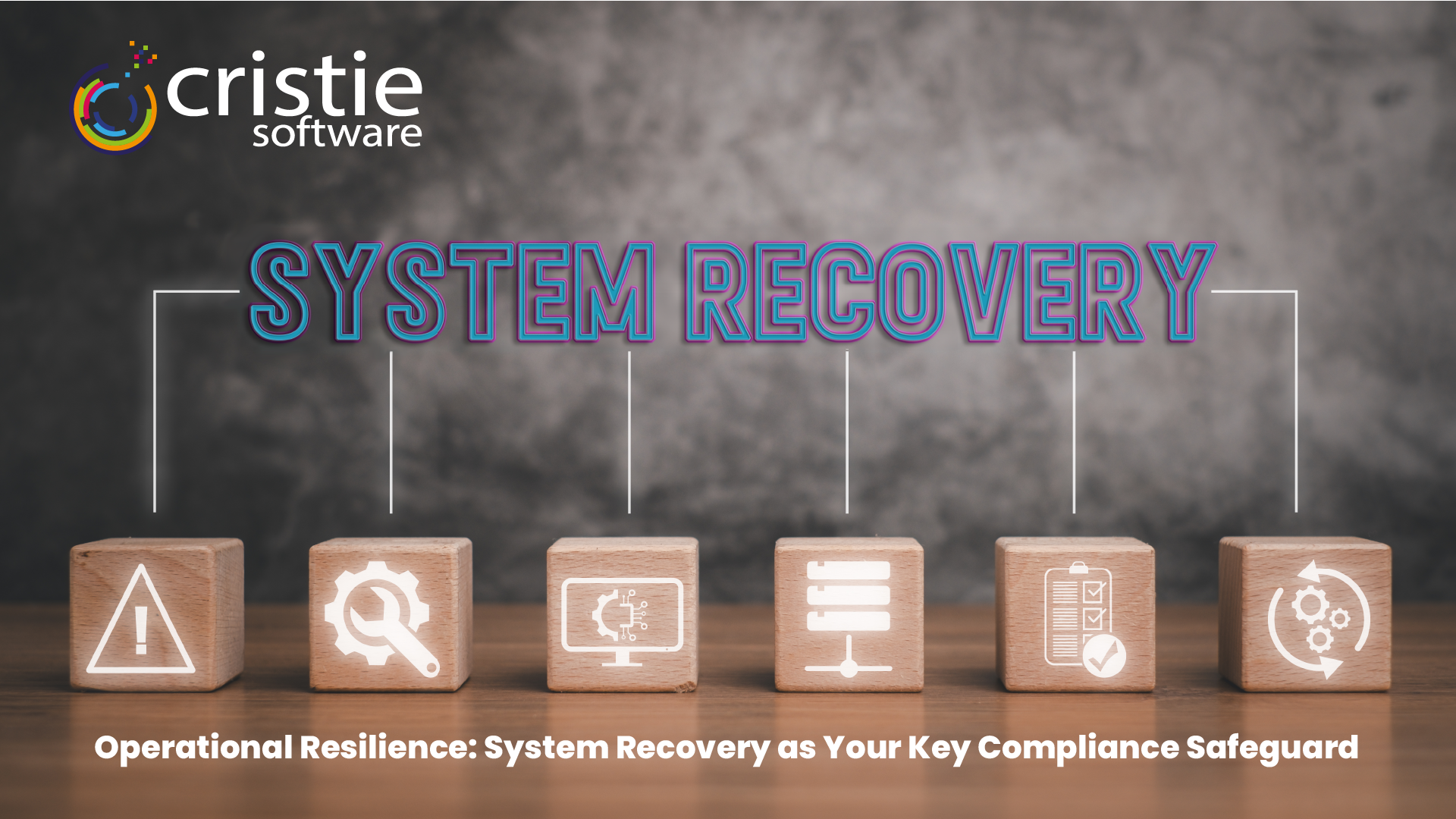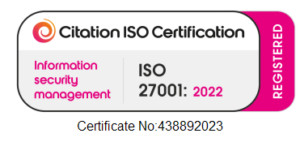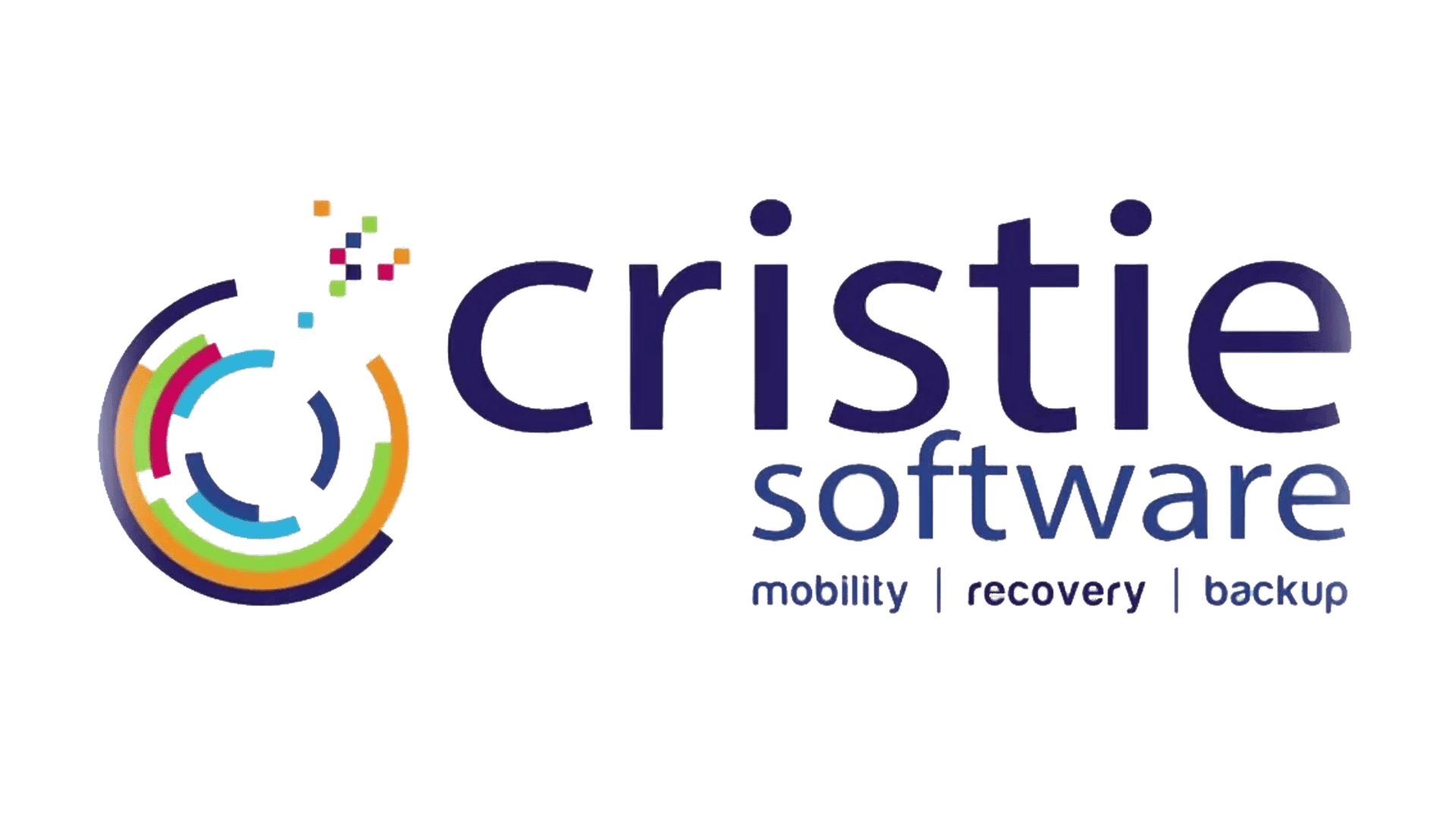Diese Website verwendet Cookies, damit wir Ihnen die bestmögliche Benutzererfahrung bieten können. Cookie-Informationen werden in Ihrem Browser gespeichert und dienen dazu, Sie wiederzuerkennen, wenn Sie auf unsere Website zurückkehren, und unserem Team zu helfen, zu verstehen, welche Bereiche der Website Sie am interessantesten und nützlichsten finden.
Überblick über den Datenschutz
Streng notwendige Cookies
Strictly Necessary Cookie sollte immer aktiviert sein, damit wir Ihre Präferenzen für Cookie-Einstellungen speichern können.
Wenn Sie dieses Cookie deaktivieren, können wir Ihre Einstellungen nicht speichern. Das bedeutet, dass Sie jedes Mal, wenn Sie diese Website besuchen, Cookies erneut aktivieren oder deaktivieren müssen.
Cookies von Drittanbietern
Diese Website verwendet Google Analytics, um anonyme Informationen wie die Anzahl der Besucher der Website und die beliebtesten Seiten zu sammeln.
Wenn Sie dieses Cookie aktiviert lassen, hilft es uns, unsere Website zu verbessern.
Diese Website verwendet die folgenden zusätzlichen Cookies:
- Leadlander
We would like to follow up Business visitors who visited our website. To do this, the company address of the Business visitor is derived from the IP address by LeadLander. We use this information and the products they viewed on our website for marketing and sales purposes. - Reddit
To understand which posts on Reddit, bring customers to our website. - Whoisvisiting
To understand what our customers are interested in when visiting our website.
Bitte aktivieren Sie zunächst Strictly Necessary Cookies, damit wir Ihre Einstellungen speichern können!

